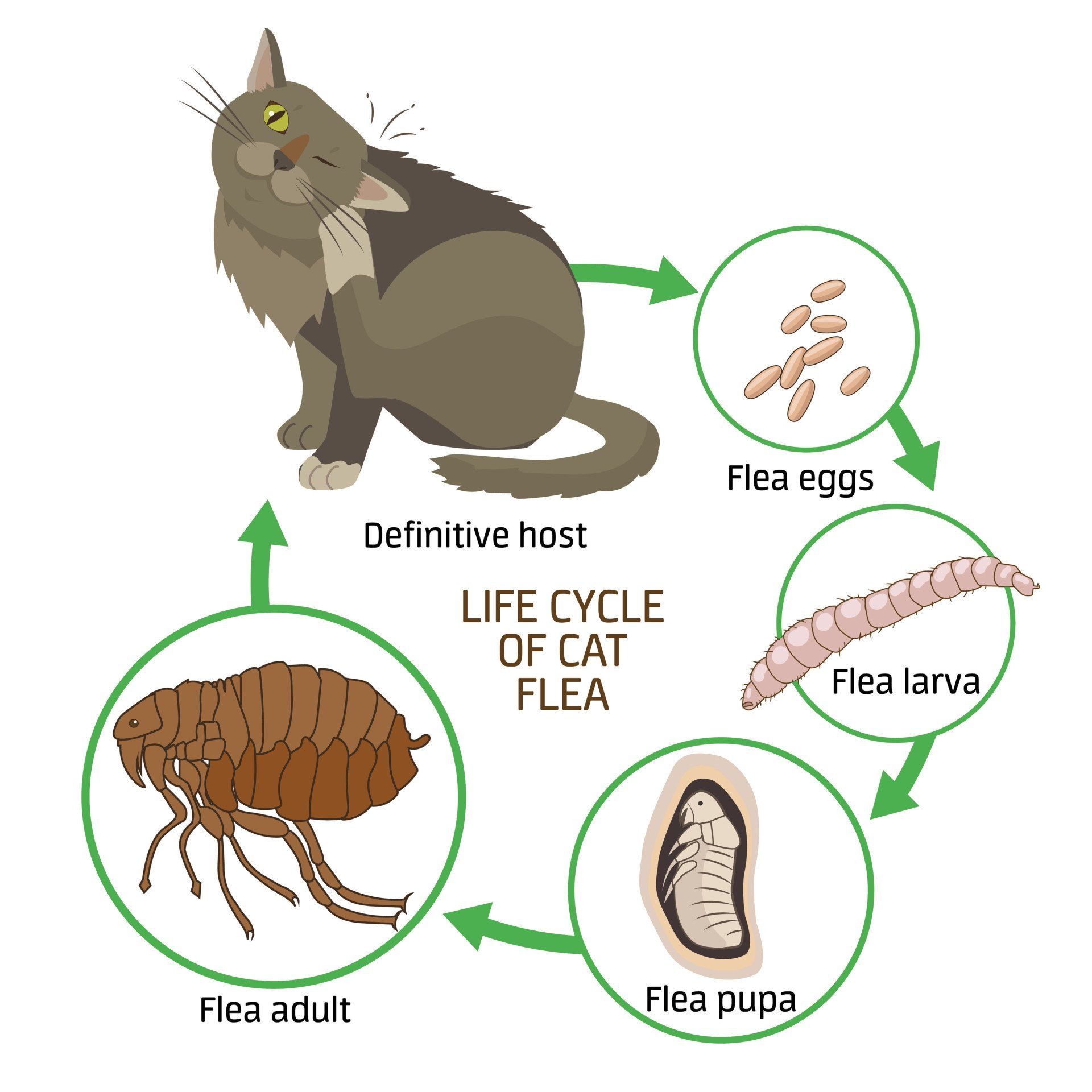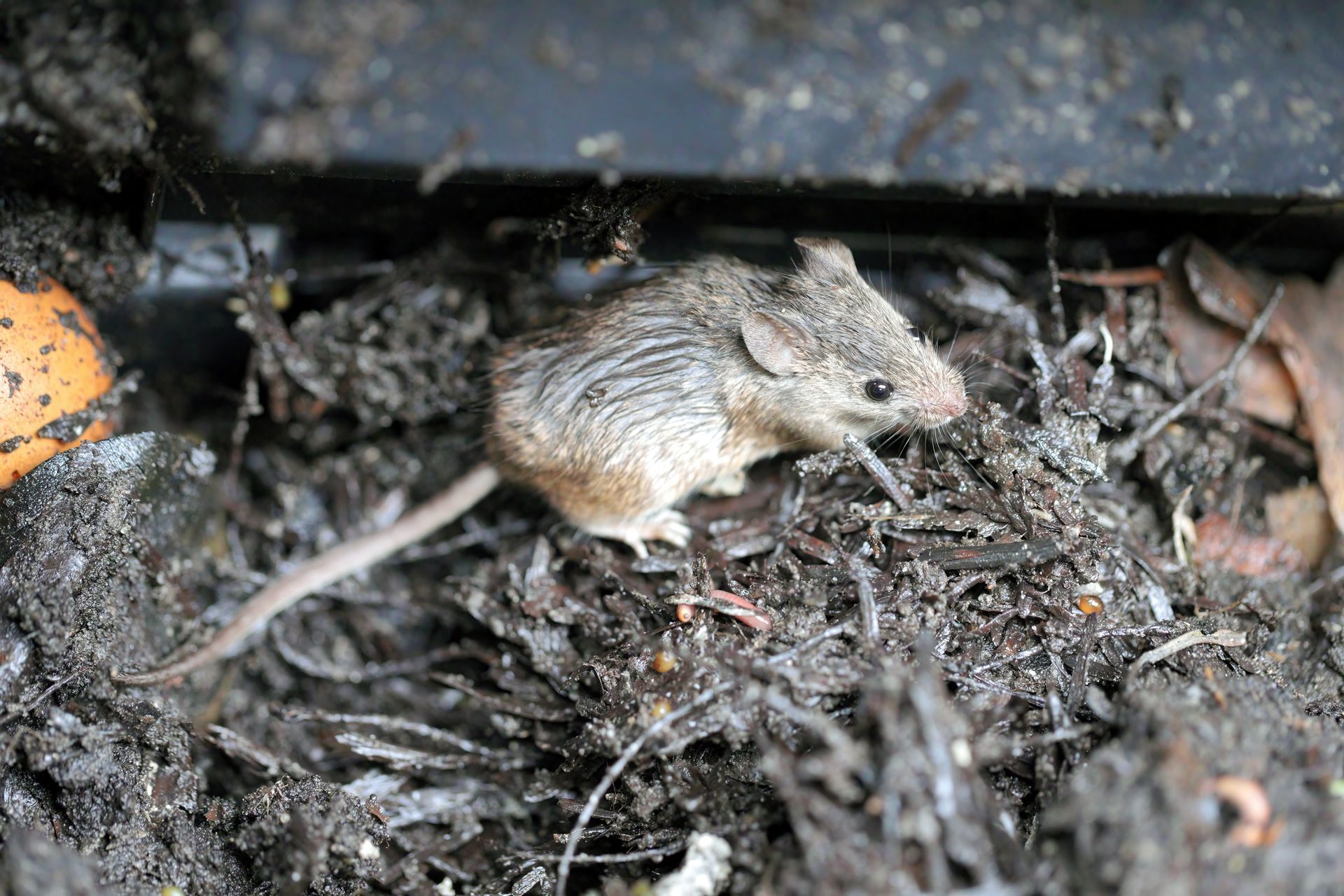What Attracts Fleas?

Fleas are bloodsucking pests that are an absolute nightmare to deal with once they have infested your home. They pose a serious threat to the health of you, your family, and your pets. Knowing what attracts fleas is critical to knowing how to prevent them if they haven’t infested your property as well as knowing how to use the attractants to find and treat for them if they have. Fleas are attracted to light, movement, heat, and CO2 because these elements help them find suitable hosts to feed on. Being able to use these as tools against them is a good way to help get your flea infestation under control.
Are Fleas Attracted to Light?
Fleas are attracted to light because they can use the movement of shadows to determine where to jump to find their meal. Studies have shown that up to 93% of fleas will move towards a light source within 40 minutes if they find themselves in the dark. Certain wavelengths of light are more effective at attracting fleas because fleas can see certain wavelengths better. Green and yellow light attract twice as many fleas as other light wavelengths, with other wavelengths like red light not attracting fleas at all. Studies also show that fleas are attracted to intermittent light since it replicates the passing of a host in front of a light source. Studies indicate that intermittent light is 5 – 8x more effective at trapping fleas. The intermittent light caught 82% of the fleas used in the study while persistent light only caught 10%. Flea traps will typically use a light source to attract fleas which cause them to jump on a sticky glue pad near the light source. These traps are not designed to be the final solution against a flea infestation, but they are an excellent way to determine if fleas are a problem and need treatment or if there are any remaining fleas left after treatment.
Are Fleas Attracted to Movement?
The reason fleas are attracted to light, is because it allows them to detect movement. Fleas may not have the best eyesight but the movement in front of light sources helps fleas identify potential hosts to feed on. This is why the intermittent lights are more effective at attracting fleas to traps.
Are Fleas Attracted to Heat?
The ideal temperature for flea larvae and adult fleas to develop is 70 – 85 degrees Fahrenheit. This could be due to having the best chance of finding a host in this temperature range. Fleas are also positively thermotactic which means that they attracted to and stimulated by heat. When something warm enters their vicinity, they will look to see if there are any other indicators that a potential host is close by. If the fleas see a flicker of shadow or detect CO2 in the air in addition to feeling the body heat, they will jump in the direction they think the host is.
Are Fleas Attracted to CO2?
Fleas have an excellent sense of smell which can detect trace amounts of carbon dioxide in the air from any potential hosts that are breathing close by. Studies have shown that fleas will jump wildly when CO2 is introduced into an enclosed test environment. Other studies indicated that flea activity increased when CO2 was released in short bursts which replicated the respiration of a host. The more CO2 they detect the larger the host usually is. Larger hosts will be easier targets to land on which may attract more attention.
Why Does It Seem Like Fleas Are Attracted to Certain People More Than Others?
Sometime fleas will bite some individuals while others go completely undisturbed. There are no scientific reasons that have been uncovered yet, but some theories include:
- Heavier breathing with more CO2 being released
- Combination or isolated odors that include pheromones, body odor, or general chemical makeup
- Have more exposed skin
- Non reaction by some individuals
- Higher body temperature
Other Things That You Might Be Doing to Attract Fleas
There could be somethings that are inadvertently attracting fleas to your yard and home.
- Leaving yard poorly maintained: Fleas prefer tall grass and piles of organic debris that provide shelter. Be sure to keep grass trimmed and your yard well kept to minimize the potential for flea activity.
- Attract wildlife: Fleas are carried by rodents and game animals. By keeping water sources, food, or access to shelter around the house, you increase the chances that these wild animals deposit some fleas as they pass through.
- Failure to schedule regular treatment: Flea treatments outside your home and for your pet need to be maintained to ensure the flea life cycle is disturbed. If a flea infestation has occurred, then treatment will need to be applied several times to ensure that all life cycle stages are treated.
How to Repel Fleas
There are proactive steps that anyone can take to repel fleas, so they choose to avoid your home. The same strong sense of smell that can detect CO2 is also very sensitive against certain plants. The following non-toxic plants can be grown around the exterior of the home and by doors:
- Chamomile
- Chrysanthemums
- Lavender
- Lemon Grass
- Marigold
- Mint
- Rosemary
- Sage
How to Prevent Flea Bites
In addition to repelling fleas, there are several other strategies to keep in mind to prevent fleas.
- Treat your pets for fleas with a targeted flea medication. Dogs and cats are some of the biggest culprits of introducing fleas into a home. The most common options include flea collars, oral medication, and drops that you can apply to the skin. Even with these treatments, it is still good to check for fleas after long walks.
- Avoid areas that are likely to have fleas is another really good way to prevent future flea activity. By staying away from wooded areas, long grass, and areas where animals sleep individuals can usually avoid picking up fleas.
- Dress in long pants, shirts with long sleeves, sock, and covered shoes. By keeping the bare minimum skin exposed, there is less areas for fleas to feed on. Be sure to also wear white socks over your pants to completely seal of your ankles while also exposing any fleas as black specks on the white socks.
- Keep a flea repellent spray with DEET available for use. This EPA registered repellent will minimize a flea’s desire to feed on you.
- Keep your home well vacuumed to pick up any flea eggs, larvae, or pupae that may be in the carpets or upholstery and around pet bedding.
Contact EcoGuard if You Have Noticed Signs of Flea Activity
If you have seen signs of fleas or flea activity, it is time to call EcoGuard Pest Management to schedule an inspection. Our licensed flea control experts will devise a custom plan designed to identify problematic areas and effectively treat your home and get rid of fleas.

















